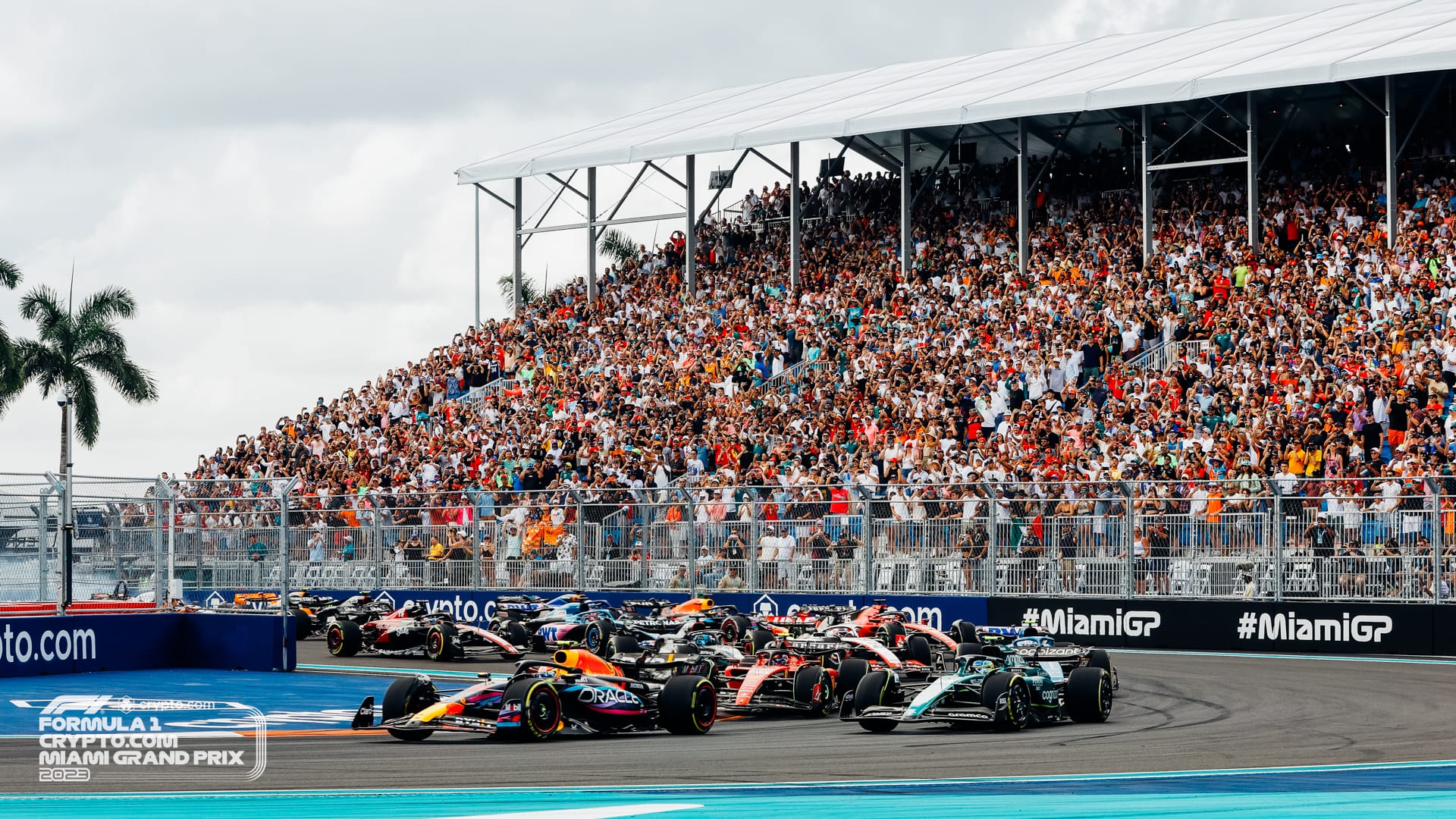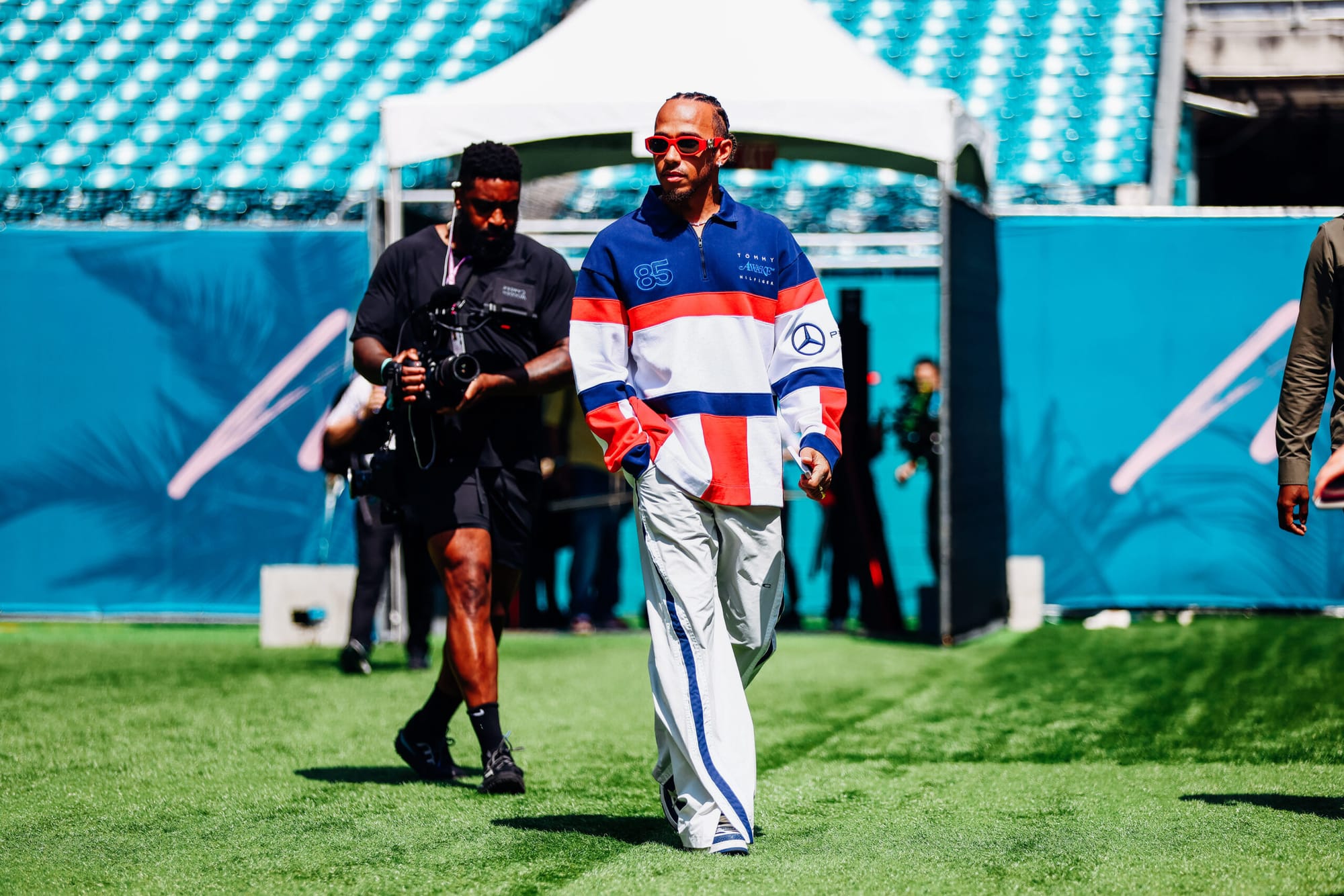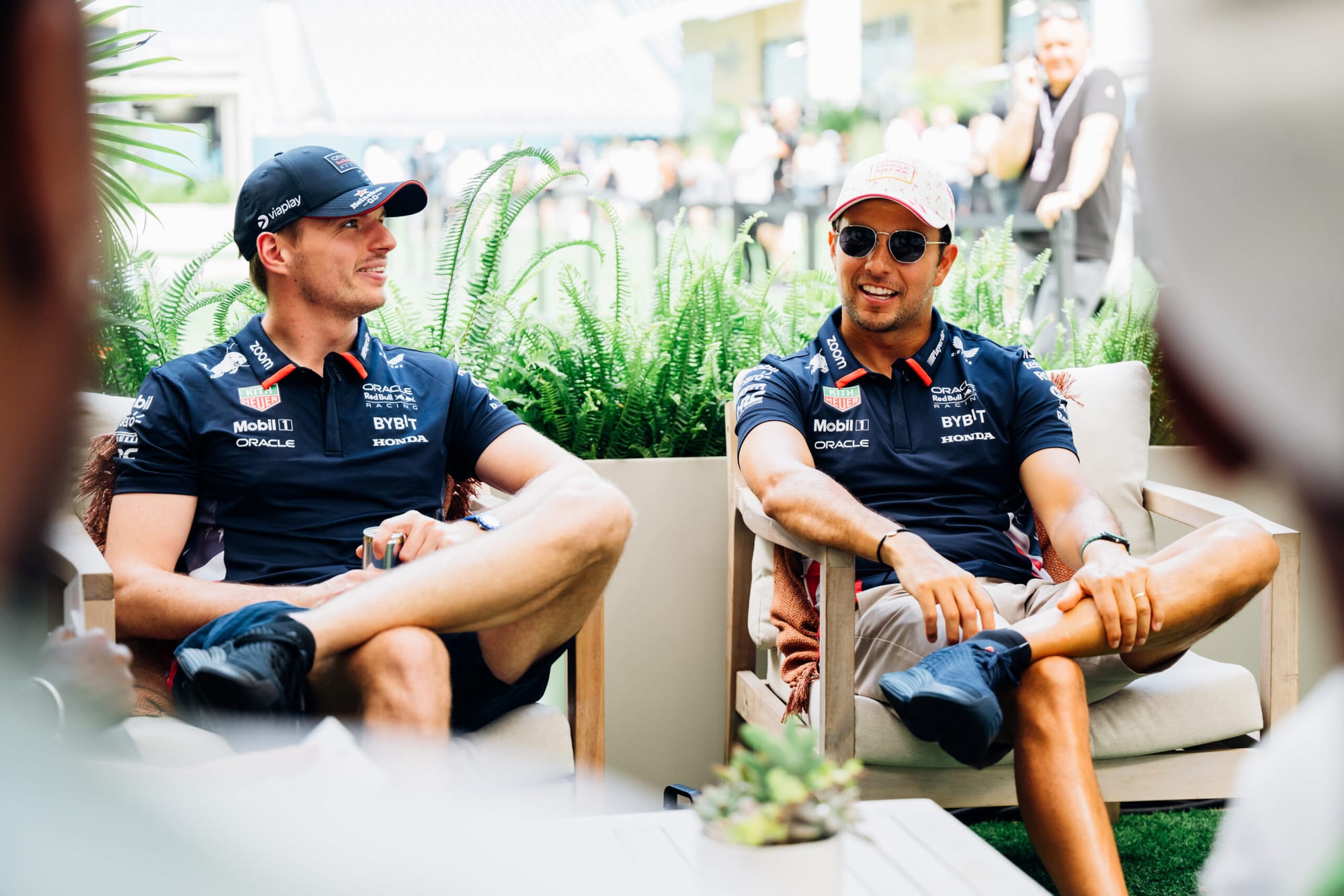How F1 is Looking to Tap into the US Market
The spectacle of Formula 1 has struggled over the years to make an impact in the United States, but Liberty Media is trying to change that.

Have you tuned in to watch F1 recently? If not, you're like... most people. The international spectacle of Formula 1 has struggled over the years to make a meaningful impact in the United States. It seems the American consumer has always preferred to turn on either Indycar or NASCAR on their Sunday afternoons, but things may be changing.

Humans are creatures of habit, and NASCAR got its start early. An American classic that boasts an almost hockey-like experience (big wrecks, things getting out of hand, lots of drinking), it has been the status quo for motorsports here in the States. Indycar is similar to F1 in many ways, but there is not as much money behind it.
Liberty Media bought F1 in 2016 and has prioritized a few new initiatives.
More Locations
Since 2000, only four United States circuits have held F1 races. Only one of these, the Circuit of the Americas in Austin, Texas has ever been a mainstay. In fact, from 2008-2011 there were no F1 races in the United States. The sport had some exposure, but the American market clearly wasn't a priority only claiming 1 race out of around 20 in a typical F1 season for many years. Times have changed however...
In 2022, F1 added a circuit in Miami. The Miami International Autodrome undoubtedly attracts Rolex-wearing millionaires with multiple mistresses in town for a race that likely serves as nothing more than a tax write-off. The event garnered a lot of positive reactions for the exciting venue, but some negative ones for the ostentatiousness of it. Did someone mention fake yachts in fake water?
Returning from a 40-year hiatus, good 'ole Las Vegas began to host F1 races again in 2023 at the Caesars Palace Grand Prix Circuit... another internationally famed city that is sort of perfect for an F1 race... aside from the questionable surface conditions present on the street course.
These two new tracks added back to back represent the goals of the FIA (F1's governing body) to transform F1 into a larger sport here in the States. They chose the 2 most vain cities in America to do it in, where money, booze, and substances flow freely. From my visits to Europe, those folks love the allure of Las Vegas and Miami more than any other cities. Austin is boring to them... full of country regular folk out in the middle of nowhere. FIA took notes and secured the investment... 40 million in Miami's case to be exact.

Mixed Emotions
It has been reported that the Las Vegas venue has commanded a $500 million investment from F1, something that not all are on board with.
"I've heard there's been a lot of complaints about the event being here from the locals, I think we have to be respectful of the locals here, so many people working so hard – there's a lot of money and wealth in this city." - Lewis Hamilton to Sky Sports News

Hamilton stated that he understands F1's mission to grow in the US, but wishes that the Las Vegas race (which is currently only on a three-year contract) eventually appeals more to the local residents. The venue contract was likely limited to 3 years to be a sort of test run in terms of financial feasibility and cultural appetite from both the racing teams and the Las Vegas locals. We shall see how it all plays out.
Highs and Lows
Thanks in large part to Netflix's Drive to Survive series about the behind-the-scenes stories in F1, many newbies have joined in on the F1 action: watching races both in person and online. You can clearly see the effect of the show's more mainstream appeal with this graph from The Athletic. It really can't be overstated just how big of an impact this show had on US F1 viewership. People who had never heard of the sport tuned in... big time.

Drive To Survive was initially released in March of 2019, so the sport got an initial bump in ratings before correcting a bit and then exploding over the next couple of years. You may be asking, "why?"
A suspected culprit to the recent plateau in popularity comes from the dominance of the sport's current hero, Max Verstappen. A Dutch driver who entered the sport in 2015 at just 17 years old, he has dominated the competition for a few seasons now, dethroning the once unstoppable driver for Mercedes, Lewis Hamilton. Fans complain that the sport can be repetitive with the lack of new winners weekend after weekend, and although it takes a monk-like dedication to perform at the level that Max consistently does... that doesn't mean it makes it any more fun to watch.

Back in 2016, F1 was purchased by a company called Liberty Media for $4.4bn. This company made sure to expand the viewership including more focus on social media engagement, the creation of F1TV, and a partnership with Netflix for Drive to Survive. A show where the average viewer could feel like they relate to the drivers and team principals, something that was missing previously. A novel idea for a show, the formula has been applied elsewhere such as Tennis and Golf with Breakpoint and Full Swing, respectively.
“We have, more than ever, fans of the drivers themselves and the personalities, all the way down the grid” - Bobby Epstein, COTA Chairman
Liberty Media is on the quest to make F1 more like NFL Sunday and less like the ESPN Excel World Championship, which is something that comes on only if you leave YouTube TV on for too long.
Thanks for reading, please consider subscribing or sharing with someone. - JWK


